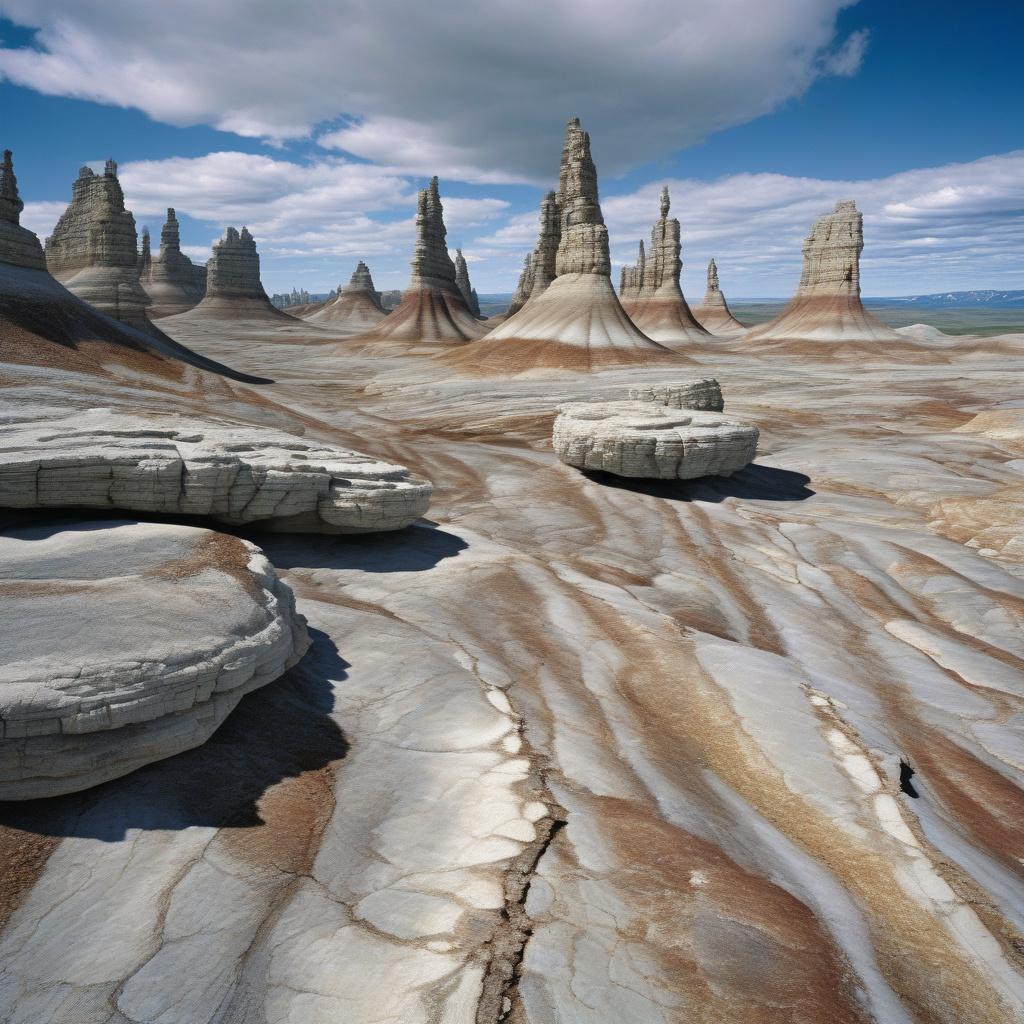Canada’s 4.16-Billion-Year-Old Rocks May Unlock Earth’s Ancient Geological Secrets
Rocks from a volcanic belt in northern Quebec have been confirmed as the oldest ever discovered on Earth, dating back a staggering 4.16 billion years. This groundbreaking finding has sent ripples of excitement through the scientific community, offering a rare glimpse into the planet’s primordial past and potentially unlocking a treasure trove of ancient geological secrets.
The rocks, known as the Acasta Gneiss, were formed in a volcanic belt that existed shortly after the Earth’s formation. By studying these ancient rocks, scientists can peer back in time to better understand the conditions that shaped our planet billions of years ago. This invaluable insight not only sheds light on Earth’s early geological processes but also provides clues about the origins of life itself.
One of the most fascinating aspects of the Acasta Gneiss is its composition. These ancient rocks contain minerals that are no longer found on the Earth’s surface today, offering a glimpse into a world that existed long before the familiar landscapes we know today took shape. By analyzing the chemical makeup of these rocks, scientists can piece together a more comprehensive picture of the early Earth and how it evolved over billions of years.
In addition to their scientific significance, the discovery of these ancient rocks also serves as a reminder of the incredible geological diversity that exists on our planet. From the towering mountains of the Himalayas to the vast expanse of the Grand Canyon, Earth’s landscape is a testament to the dynamic forces that have shaped and reshaped our world over millions of years. The Acasta Gneiss provides a rare glimpse into a chapter of Earth’s history that is otherwise inaccessible, offering a new perspective on the processes that have shaped our planet.
Furthermore, the study of these ancient rocks has the potential to yield practical applications in fields such as geology, climate science, and even space exploration. By understanding the geological processes that were at play billions of years ago, scientists can gain valuable insights into how our planet has evolved and how it may continue to change in the future. This knowledge is not only crucial for expanding our understanding of Earth but also for informing important decisions about how we interact with our environment in the present day.
As we continue to unravel the mysteries of Canada’s 4.16-billion-year-old rocks, one thing is clear: the Earth is a dynamic and ever-changing planet with a rich geological history that stretches back billions of years. By studying these ancient rocks, scientists are not only unlocking Earth’s ancient geological secrets but also gaining a deeper appreciation for the incredible forces that have shaped our world into what it is today.
In conclusion, the discovery of the Acasta Gneiss in northern Quebec represents a monumental breakthrough in our understanding of Earth’s early history. These 4.16-billion-year-old rocks provide a rare glimpse into a world that existed long before humans walked the Earth, offering valuable insights into the geological processes that have shaped our planet over billions of years. As scientists continue to study these ancient rocks, we can look forward to uncovering even more secrets about Earth’s ancient past and how it has influenced the world we live in today.
ancient rocks, geological secrets, Earth’s history, scientific discovery, Acasta Gneiss












